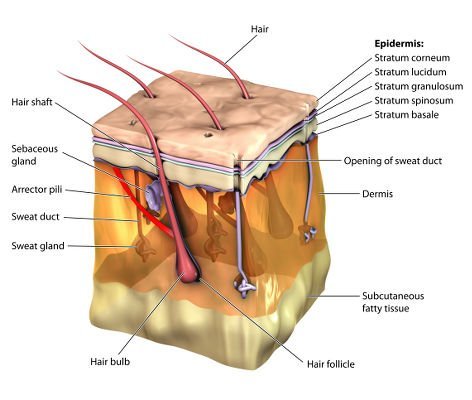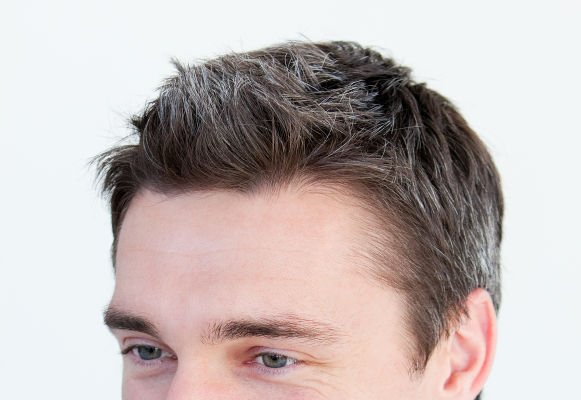At present, hair transplants are based on the concept of follicular unit (FU). In fact, there is a classification of the graft model according to the number of follicular units that each graft contains:

Hair transplants are performed using follicular units
Follicular unit hair transplant is indicated in:
For a completely natural result, the surgeon must take the following factors into account:
Pattern baldness both in men and women is a continually increasing problem. Therefore, transplant planning should predict the spontaneous advance of baldness and extend part of the graft to areas more inclined to lose hair. Even if these areas still have hair at the time of the transplant.
Care should also be taken in preserving the remaining hair in the donor site in case further correction of bald areas is required in the future.
It is also important to treat the outlines of the implanted areas with FU, to ensure that the transition between the treated areas and the eventual extension of the bald site does not create an obviously visible continuity solution, but rather a natural and gradual result.
The hairline is made up of follicular units (FU) and grafts composed of several FU are used to create density towards the back of the head, to achieve greater hair density when required in cases where one normal FUE session is insufficient.

Hairline desing is essential for natural results
In most patients, the first strip of hair extracted from the donor site is obtained from the area where hair is best preserved throughout the years. Typically it is 10 cm strip from the top area from ear to ear.
Subsequent strip extractions for grafts are conducted in-line with the inside of the scar from a prior extraction, in this way the patient will have only one scar.
Donor hair extraction with a punch is known as FUE (Follicular unit Extraction). Performed with a punch, a perforating instrument with 1 mm calibre, that extracts each follicular unit, one by one. The punch is placed into the mid dermis and then the follicular unit is extracted using a combined traction movement to release its fibrous insertions. This technique has advantages for patients who wear very short or shaved hair.
Currently, the number of grafts that can be positioned is much higher than years ago, which has many advantages.
Normally, a micrograft based on follicular units positions 20-25 units per square centimetre. Besides density, survival of the follicles can be affected.
The holes where the grafts are inserted are made with 18 or 19 G needles, taking care to reach the correct depth and in keeping with the direction that the follicular unit should be grafted. This will later determine the growth direction of the hair.
The follicular units are distributed throughout the graft area, selected by the number of hair follicles that each contains for a natural result. They are placed following a careful design of the hairline.
Would you like more information on hair grafts? Request a free informative consultation now with one of our expert surgeons, who will give you personalised information on hair transplants.